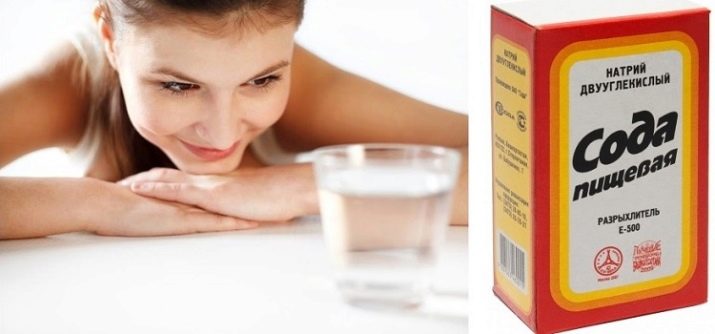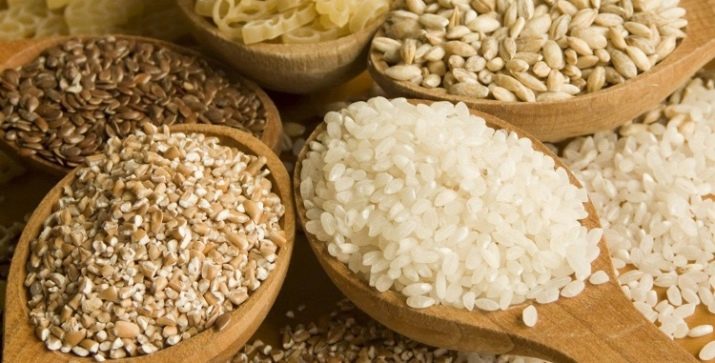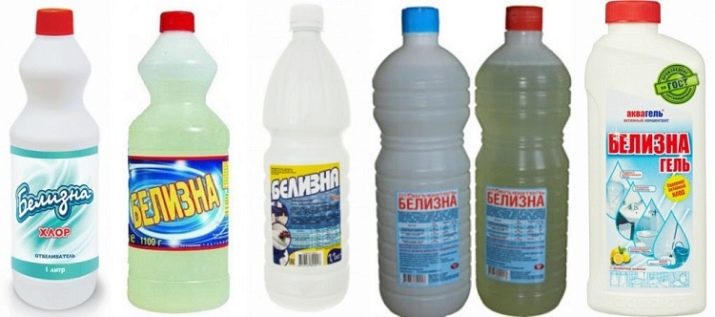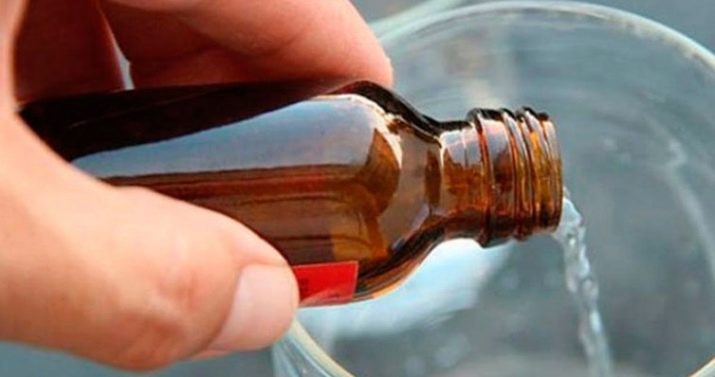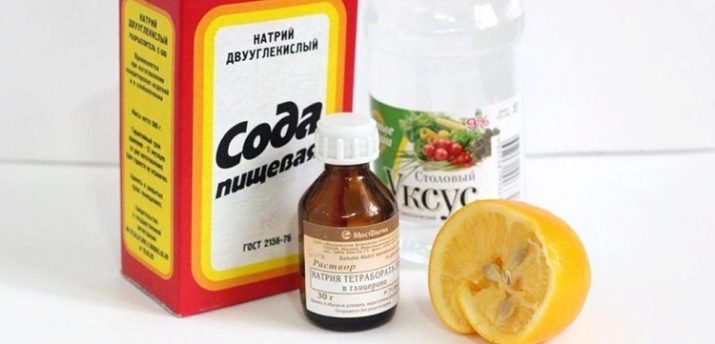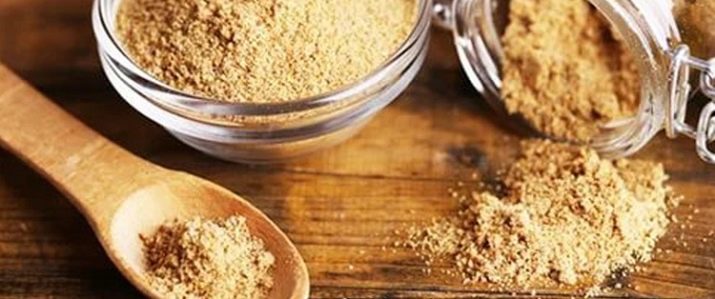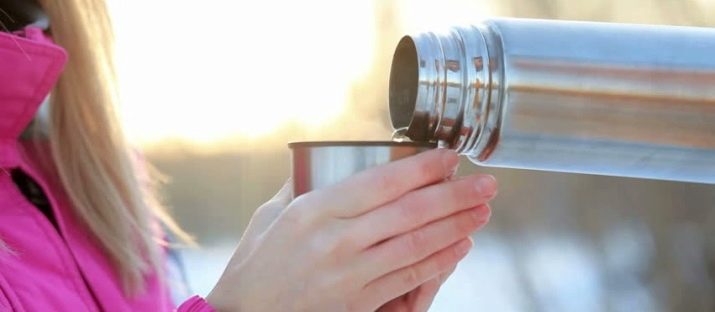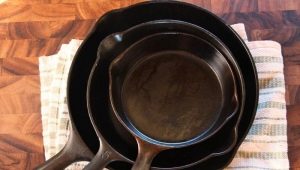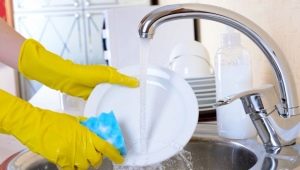How to clean a stainless steel thermos inside?

Stainless steel inside the thermos easily absorbs various odors, it is also susceptible to the formation of plaque from tea or coffee. Contamination leads to the fact that the storage of beverages and food in this container becomes almost impossible. Scale, bloom from the drinks and unpleasant stink smell will spoil the taste of the products. It is important to know how to clean a stainless steel thermos inside, without damaging the surface of the product and extending its service life.
Remove plaque and scum
Tea bloom is the most common type of contamination in stainless steel cookware. On the walls of the thermos, it can form in just one hour. If you do not clean the thermos from dirt in a timely manner, the layer of plaque will become thicker and it will be much more difficult to cope with it.
Hard water or irregular care of the thermowire are also causes of unpleasant pollution. There are many simple tools that will help in the fight against bloom from tea or coffee, as well as clean the thermos from scale and food residue without damaging the inner surface of the product.
Lemon acid
Food acid is a fairly effective and at the same time affordable means for processing stainless steel products. A solution of citric acid is able to cope not only with a touch of tea or coffee, but also to eliminate the musty smell. To clean the thermowire with this tool as follows:
- In a vessel you need to pour two teaspoons of citric acid crystals.
- The crystals should be poured with boiling water, and the thermoware should be covered with a lid.
- Leave the liquid in a thermos for 24 hours.
- After the cleaning procedure with edible acid, the flask should be thoroughly washed inside with a soap solution and dried.
Acetic Essence
Vinegar quickly and efficiently help get rid of tea raid. The process of cleaning the thermos vinegar solution is quite simple:
- With 9% vinegar you need to fill one fourth of the flask.
- The remaining three fourths of the pour warm water.
- Thermos need to tightly close the lid and shake a couple of times.
- Acetic solution must be kept in a thermovial for at least 2 hours. At the same time every 20 minutes you need to shake the vessel.
Sodium Bicarbonate
Baking soda will help not only to clear the product from plaque and scale, but also relieve it from bad smell and germs. To wash the thermos with soda, we need:
- soda (3 tablespoons);
- cool boiling water;
- coarse salt (3 tablespoons).
In a thermos need to pour sodium bicarbonate, pour boiling water, screw the lid on and hold for 6 hours.
After the infusion procedure, add coarse salt to the soda solution, close the stainless steel product tightly again and shake it several times. When shaking salt crystals will help to completely clean off the deposits from the walls of the flask.
baking powder
Baking dough contains substances such as baking soda and citric acid. Due to this composition baking powder is an effective tool in the fight against plaque. In order to clean the thermos using this method, baking powder (3 tablespoons) must be placed in a flask and filled with warm water.
Thermos close and insist with a solution for 2-3 hours. After that, the liquid is drained, and the flask must also be rubbed with a sponge and rinsed thoroughly.
Rice and pearl barley
Rice has abrasive properties, so that the grits can be used to clean the thermos. Pearl barley also absorbs impurities well and removes plaque. Clean the thermoware with cereals as follows:
- Half a cup of pure rice or barley must be poured into the flask.
- Groats need to pour boiling water to the edges of the flask. Sodium bicarbonate can be added to the mixture (1 teaspoon with a slide).
- Screw the lid on, shake it several times and leave for 2 hours.
- Every 15 minutes it is recommended to shake the thermos, which will help to clean the walls of scale.
- Pour the dirty water from the grits, and rinse well with a thermos.
Carbonated drinks
There are quite non-standard tools for cleaning stainless steel thermoses, such as soda. Due to its composition, Coca-Cola easily copes with the removal of tea raid. Wash a thermos soda in two ways:
- Coca-Cola should be filled to the brim with a thermos and left in a warm place for 10 hours, without closing the dishes with a lid.
- Soda should be boiled and then poured into the flask. Thermos need to close the lid (not very tight) and shake several times. Leave the liquid in a thermos should be at 10 o'clock.
Bleach
Another non-standard tool that can be used to clean a thermos from heavy pollution is “Whiteness”. Wash the thermos "Belize" as follows:
- Bleach is poured into a thermos. The liquid should occupy three-fourths of the total volume of the flask.
- Warm water is added to “Whiteness” to the edges of the flask.
- Thermos tightly tighten the lid, shake well and leave for an hour.
- Then it is necessary to drain the solution, rinse the flask with soapy water and rinse thoroughly.
To resort to this method of cleaning is desirable only in case of urgent need. “Whiteness” is a rather aggressive remedy that can ruin a flask, or dissolve rubber o-rings.
Another significant disadvantage of this method is a sharp, hardly removable chloride smell. Getting rid of the smell of bleach after cleaning a thermos with “Belize” can be helped by thoroughly rinsing the flask with cold water.
Ammonia solution
With old stubborn dirt can be dealt with ammonia. This method of cleaning a thermos is a bit more complicated than the others, but it is quite effective. To clean the thermos with ammonia, you must first build some kind of dropper.
For this you need to take a plastic bottle, which should be smaller in volume than a thermos. In the cap of the bottle make three small holes through which the threads are passed. At the bottom of the bottle pour ammonia. This kind of dropper must be put down with a cap in the flask. Alcohol will slowly flow down the threads, and, evaporating, corrode heavy pollution.
Eliminating unpleasant odor
Almost all the tools that are used to clean the flask from plaque, additionally struggling with a bad smell. But sometimes, after cleaning, stainless steel thermo-dishes from plaque and scale, an unpleasant odor remains inside the product. In this case, it is necessary to resort to additional processing, using other methods of cleaning:
- Salt. Salt can also be used in the fight against tea bloom, but still this tool is more suitable for eliminating unpleasant odors. To prepare a cool saline solution, 4 tablespoons of salt should be diluted in 1 liter of boiling water. The required amount of liquid is poured into a thermos and kept for 10 hours. After that, the solution must be poured out, and the thermowire is thoroughly rinsed.
- Lemon juice. Squeeze the juice from one lemon, chop the flesh finely, and grate the zest. The resulting mixture is placed in a thermos, pour boiling water, tightly cover the lid and leave to infuse for 2 hours.
- Soda. Drinks like Sprite or Fanta do a great job with the smell of damp.To do this, boil the lemonade, pour it into the flask to the brim, close the thermos cap very tightly and leave for 12 hours.
- Dry mustard. Three tablespoons of mustard powder should be poured into a thermos, pour boiling water, cover and leave for 10 hours.
- A solution of soda and vinegar. Each component is separately used to clean the thermos from plaque. A more aggressive and effective method will help to cope with the stubborn smell. To do this, baking soda must be mixed with vinegar in a one-to-one ratio (for a small thermos it will be enough to take 3 tablespoons of soda and vinegar). The resulting mixture is placed in a flask, pour boiling water, cover with a lid and incubated for one hour.
After the cleaning procedure, in any of the above methods, certain products can be put into a dry thermos for some time, which absorb odor well. It may be a slice of stale black bread or a pair of tea bags of mint. Powdered charcoal also perfectly absorbs bad odors.
We get rid of fungal formations
With long-term storage of the thermos in the closed form, mold can form inside. The fungus is one of the most unpleasant and difficult to remove types of pollution. You can remove the fungus in the thermowire using household chemicals.
There are many cleaning tablets and gels for dishwashers on the market. Such tools will help get rid of fungal formations in a thermos. But it should be noted that this method is not suitable for all thermal vessels. To resort to this method should be extremely careful and only in case of urgent need.
Using this method to remove mold, it is not necessary to expose the inside of the bulb to additional mechanical stress. In other words, Do not rub the thermos from the inside with a brush or brush. After the dishes are cleaned with a cleaning agent, it must be repeatedly boiled over and boiled thoroughly.
To avoid further the formation of fungus inside the flask, after each use the thermos must be thoroughly washed and dried well. Keep the thermal container should only be in the clear.
Useful tips
To prevent the formation in the stainless steel thermos plaque from tea and the unpleasant smell from food, such a product should be regularly looked after. After each use, thermowells, flask and cap should be thoroughly rinsed. It is possible to wash such a product with ordinary soap solution or dishwashing gel.
Care must be taken to ensure that after washing in a thermos there are no particles of food or tea leaves. After processing thermal vessels and removing contaminants, it should be dried well. Keep a thermos need with a tightly twisted lid or in the open form.
There are a number of products that are not recommended for cleaning the thermos, as they may damage the flask or internal rubber and plastic parts on the lid:
- hard metal brush;
- metal brush;
- egg shell powder;
- powdered cleaning products;
- high concentration acids;
- sand.
If there are even minor scratches inside the thermos, the likelihood of plaque formation and spread of bacteria increases many times. Also, a damaged flask loses its ability to retain heat for a long time.
To learn how to easily clean a stainless steel thermos, see the following video.




